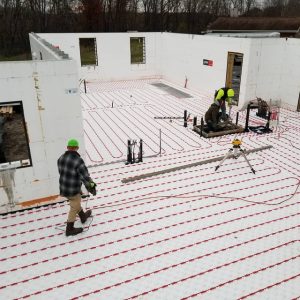As fewer customers consider fossil fuels to be a desirable long term heating option, you may be asking yourself: should I still install hydronically heated radiant floors?
The short answer is yes. Hydronic radiant floors still add plenty of value to the homes you build and are definitely a good feature to rough in before you pour your slabs.
And to get the long answer, we’ve sat down with Adam Carter, C.E.T., RASDT, RHDT, Senior Designer at Canada HVAC Design. Adam was kind enough to explain the market forces that are affecting the way we heat our homes, and what future we, as builders, can expect for hydronic heated floors.
We’ve compiled Adam’s input into the post below — read on to find out more.
Heat Sources For Hydronically Heated Radiant Floors
The most common means of heating the liquid that warms hydronic floors is with a natural gas or propane-fired combination boiler. This type of boiler serves a home’s domestic hot water and heating needs.
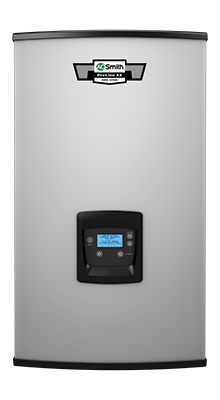
Hydronically heated radiant floor systems enjoy popularity among homeowners because they offer a more efficient way of heating than say, electric forced air. And natural gas and propane gas have typically had a lower cost relative to heat output than electricity.
That said, nowadays a number of urban households are moving away from heating using natural gas and, similarly, some rural households moving away from propane.
This shift away from natural gas and propane is happening for the following two main reasons:
- Increasing Prices for natural gas and propane: Recently the price of natural gas and propane have increased threefold thanks to ongoing geopolitical crises. At the moment, there’s little certainty that these prices will stabilize in the near term — whether they’ll return to normal levels or continue climbing is anyone’s guess.
- A general desire to move away from fossil fuels: As nations around the world move away from fossil fuels to meet their emissions targets, many citizens are getting on board with the message. This means that natural gas and propane are losing favor among the population, while cleaner, lower carbon energy options such as electricity are gaining steam
Alternative To Gas Boilers For Heating Radiant Floors
The rising gas and propane prices and the ongoing pivot to clean energy has some customers looking for other ways to keep their new homes warm.
At the moment, air source heat pumps are proving to be a worthy alternative to natural gas boilers and furnaces.
But since heat pumps generate low-temperature heat, most households in cold climate areas combine this technology with a backup system they can use on especially frigid days. In urban areas, people typically use electric resistance heaters, while, in the country, a wood stove is the more common backup for an air source heat pump.
Unfortunately, heat pumps today can’t heat the hot water for hydronically heated radiant floors and neither electric resistance heaters nor wood stoves can be easily adapted to run a hydronic floor heating system.
So, for those customers with heat pumps who desire the benefits of hydronically heated radiant floors, what are the options for an electricity-based heat source for the hot water heating the floors?
For the moment, there are limited options for this technology — at least in North America.
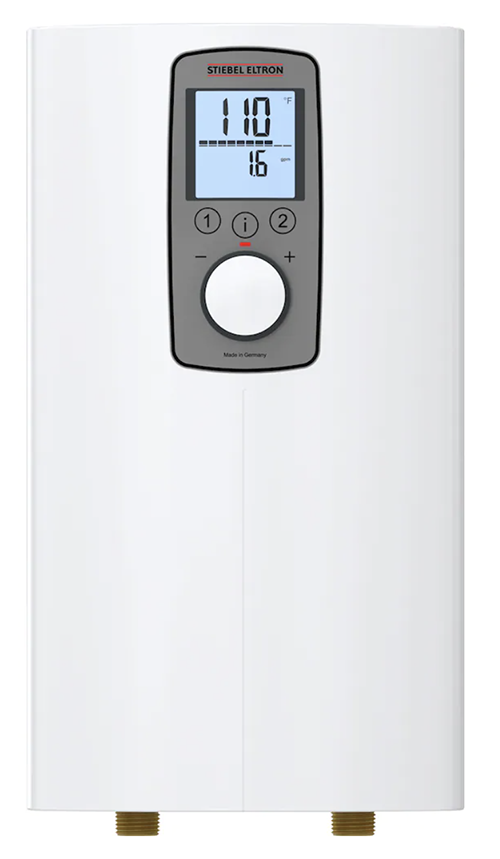
However, suitable tankless electric water heaters are becoming a viable option in Europe. These electric water heaters have a high enough capacity (18-19kW) to supply a radiant floor system with hot water but require a 240 Amp breaker on the circuit.
As is typical for an emerging technology, issues such as warranties, consistent supply and technical support are currently preventing tankless electric heaters from being fully available in North America.
However, we can expect these issues to be resolved in the relatively near future, at which point customers wishing to use a hydronic radiant floor system shouldn’t have to worry about relying on more expensive and higher carbon fossil fuels.

Don't miss a thing!
Subscribe for exclusive content, insider industry news and limited edition webcasts.
Should I Still Rough-In Pex Tubing During Construction?
There are plenty of reasons to rough in PEX tubing during construction — even with the current obstacles to gas-fired hydronic floor heating.
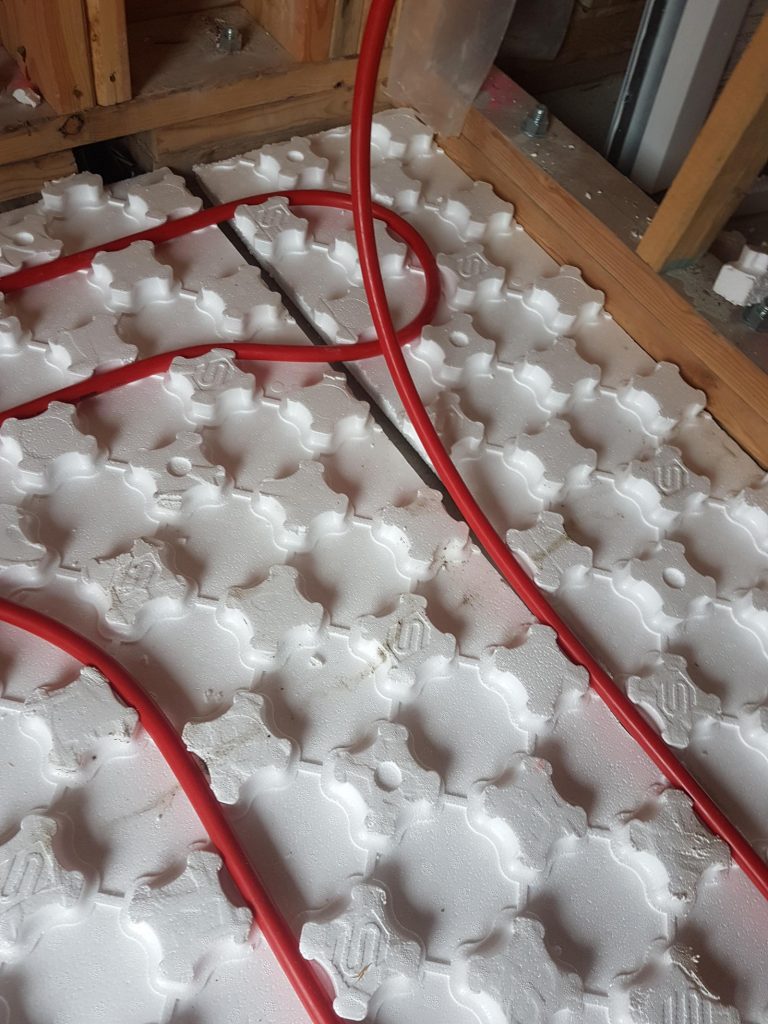
Suitable emerging technologies are already replacing gas boilers in other parts of the world and are slowly — but surely — making their way here to US and Canadian markets.
So, if you want to add real value to the homes you’re building and set yourself apart from the competition, roughing in PEX tubes for a radiant floor is an excellent idea.
That said, you don’t have to hook the PEX tubing to a source of heat just yet. Simply install Heat-Sheet (you’ll insulate the floors anyway) and the pex tubing, pour the slabs, and be sure to leave the owner schematics showing the tubing layout.
They’ll be able to connect their hydronic radiant floors to a heating system of their choice once the preferred technology becomes readily available in their region.
See tips for Designing And Installing A Radiant Floor Rough-In.
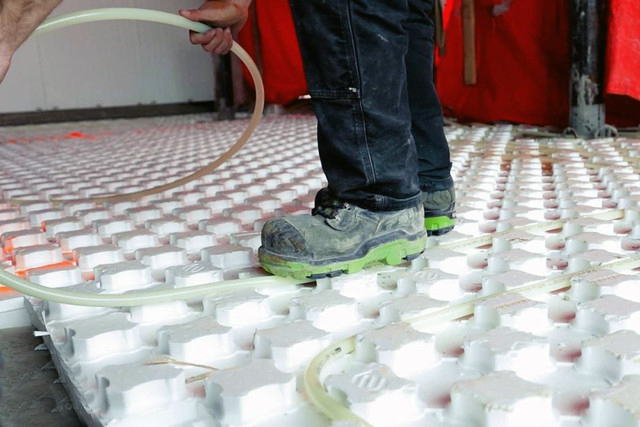
Wrapping It Up
Gas boilers, which were the go-to technology for heating hydronic radiant floors, are losing their popularity in some circles.
But that’s no reason for you as a builder to forgo the benefits of roughing in radiant floor systems.
Simply giving your buyers the option to connect their radiant floors to new heating technologies when they become available (the wait shouldn’t be long) is a huge value add.
What’s more, roughing in radiant floors requires little effort on your part — you can read more about the procedure here.




